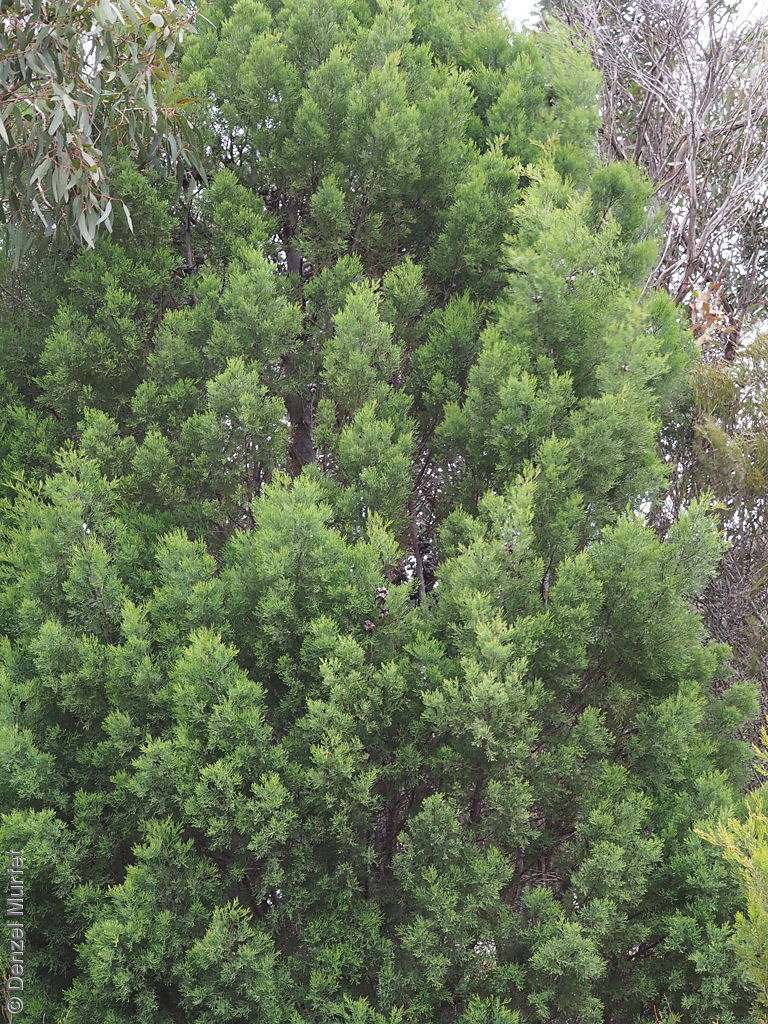
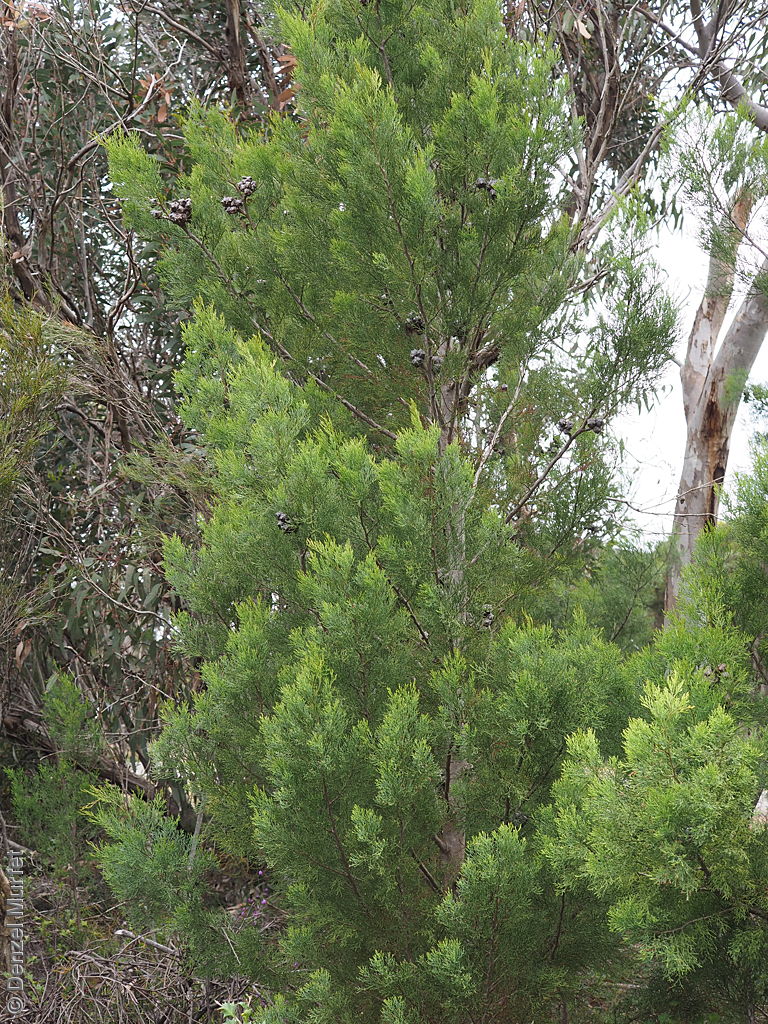
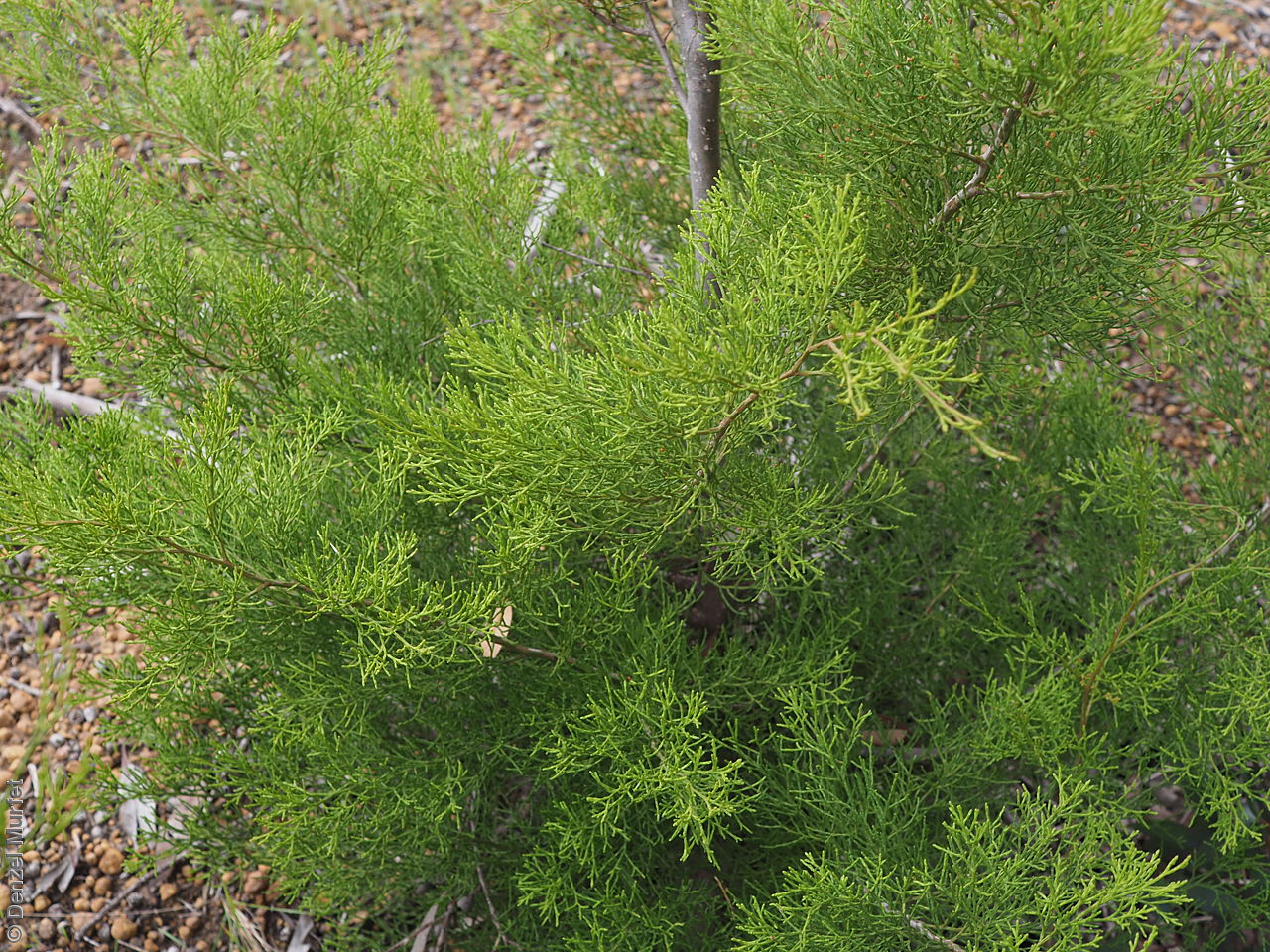
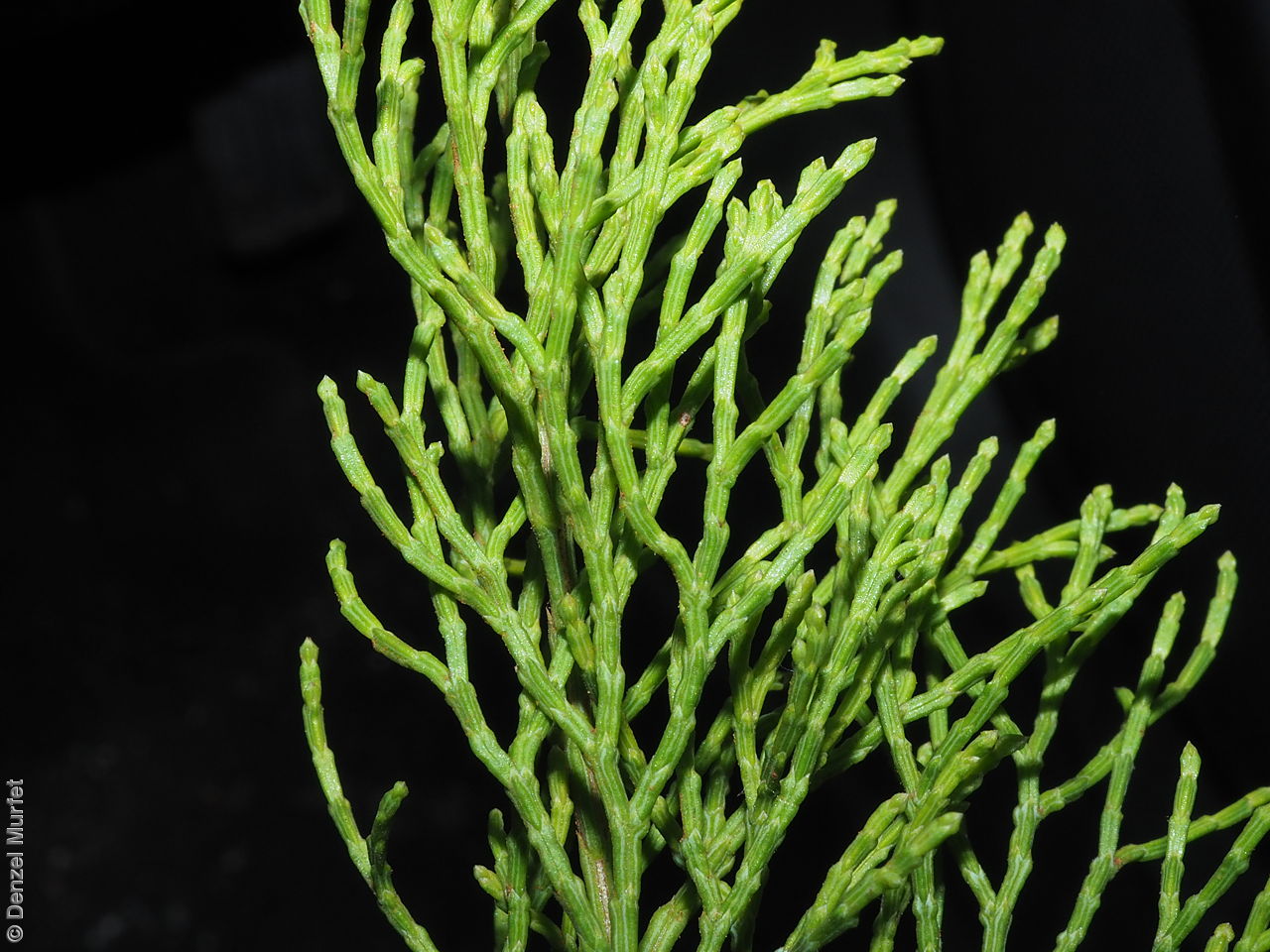
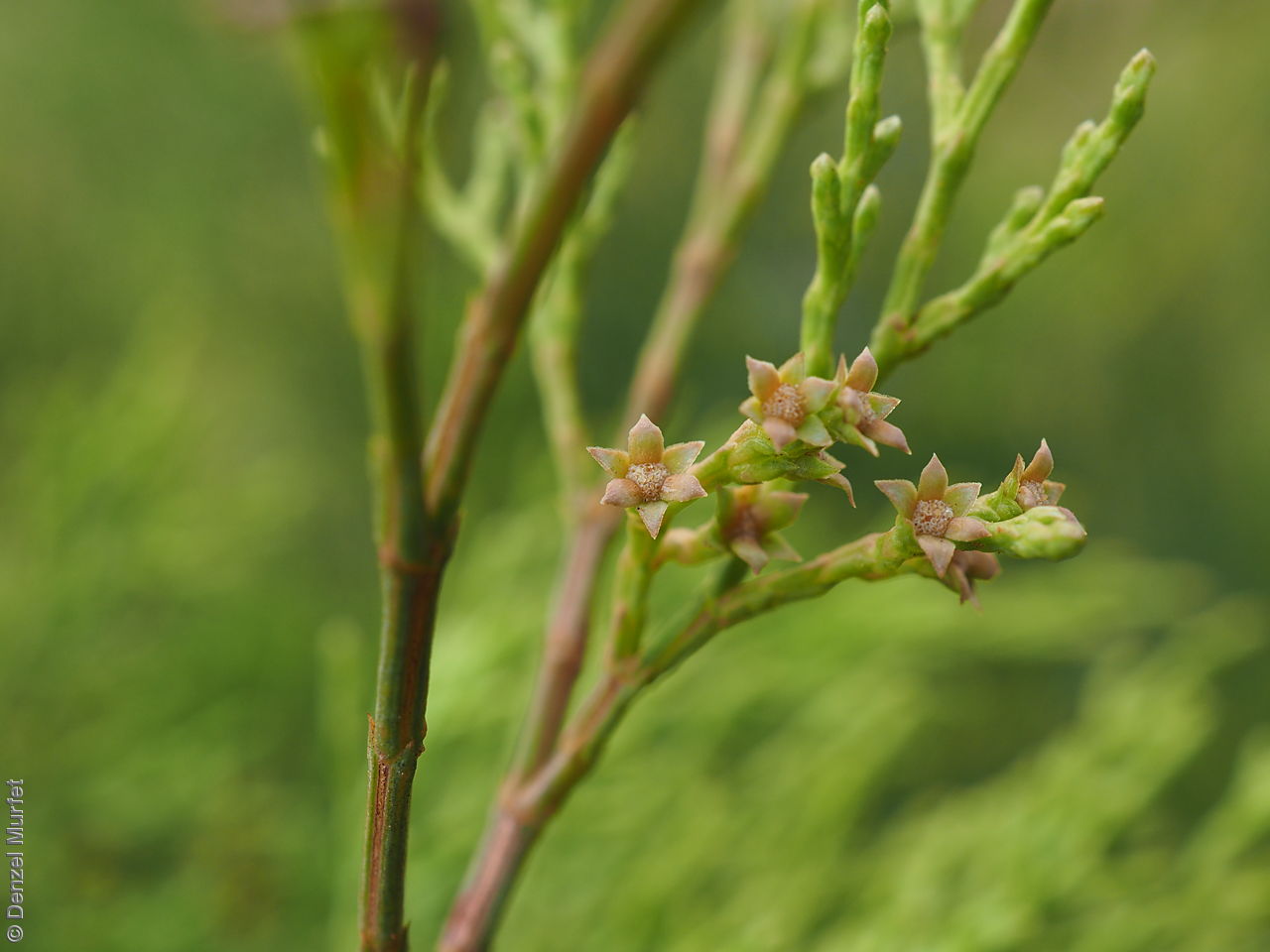
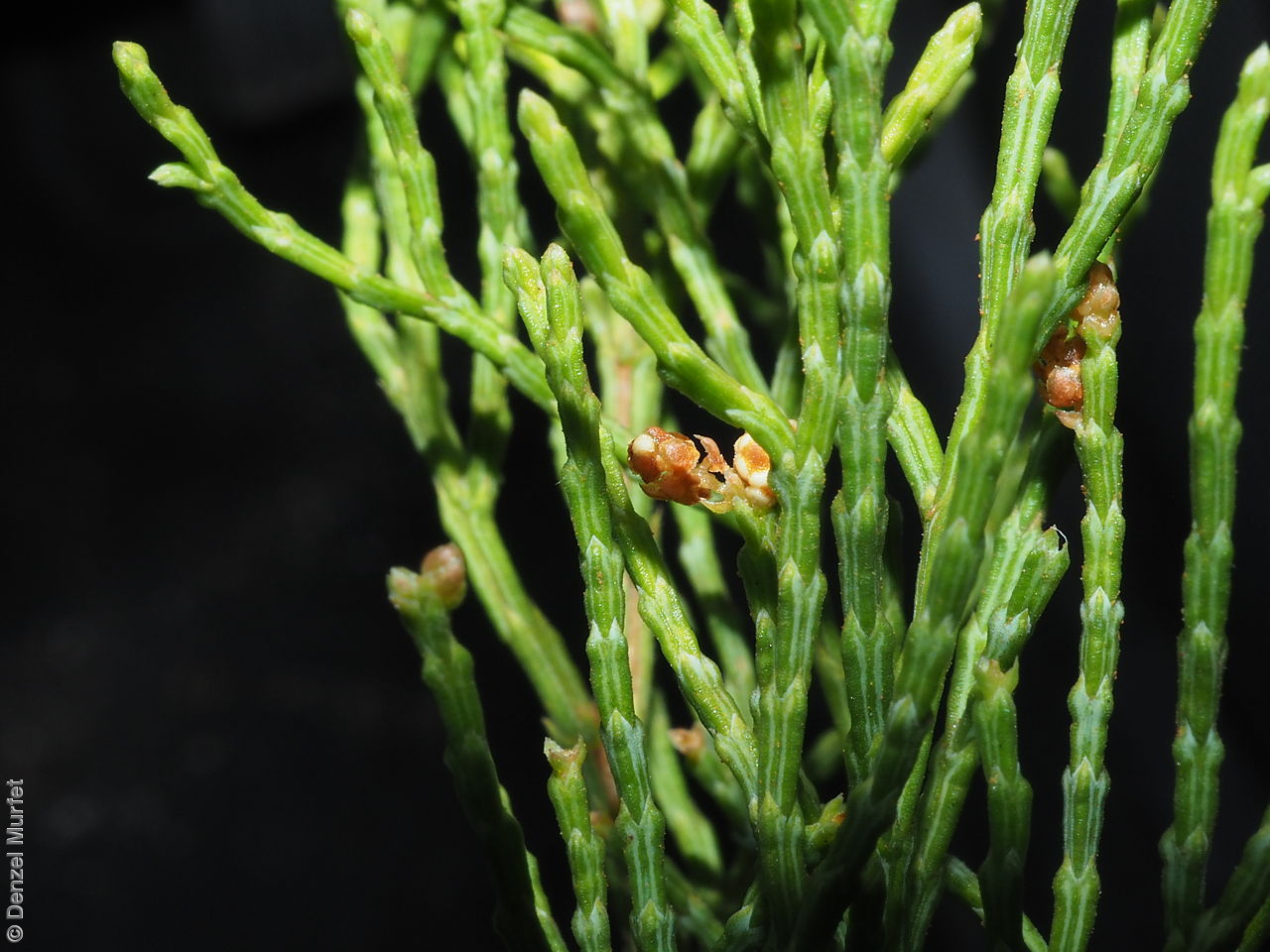
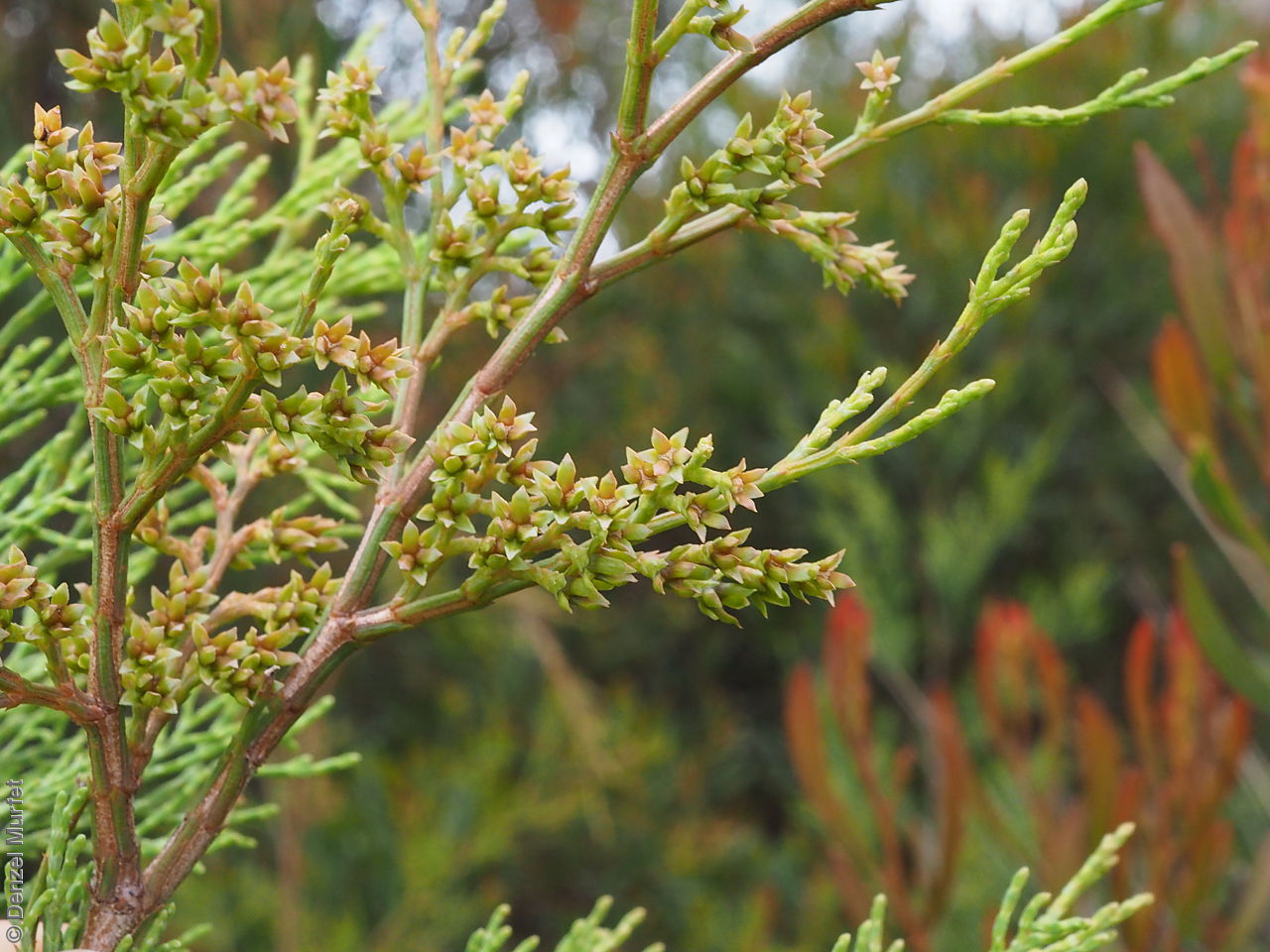
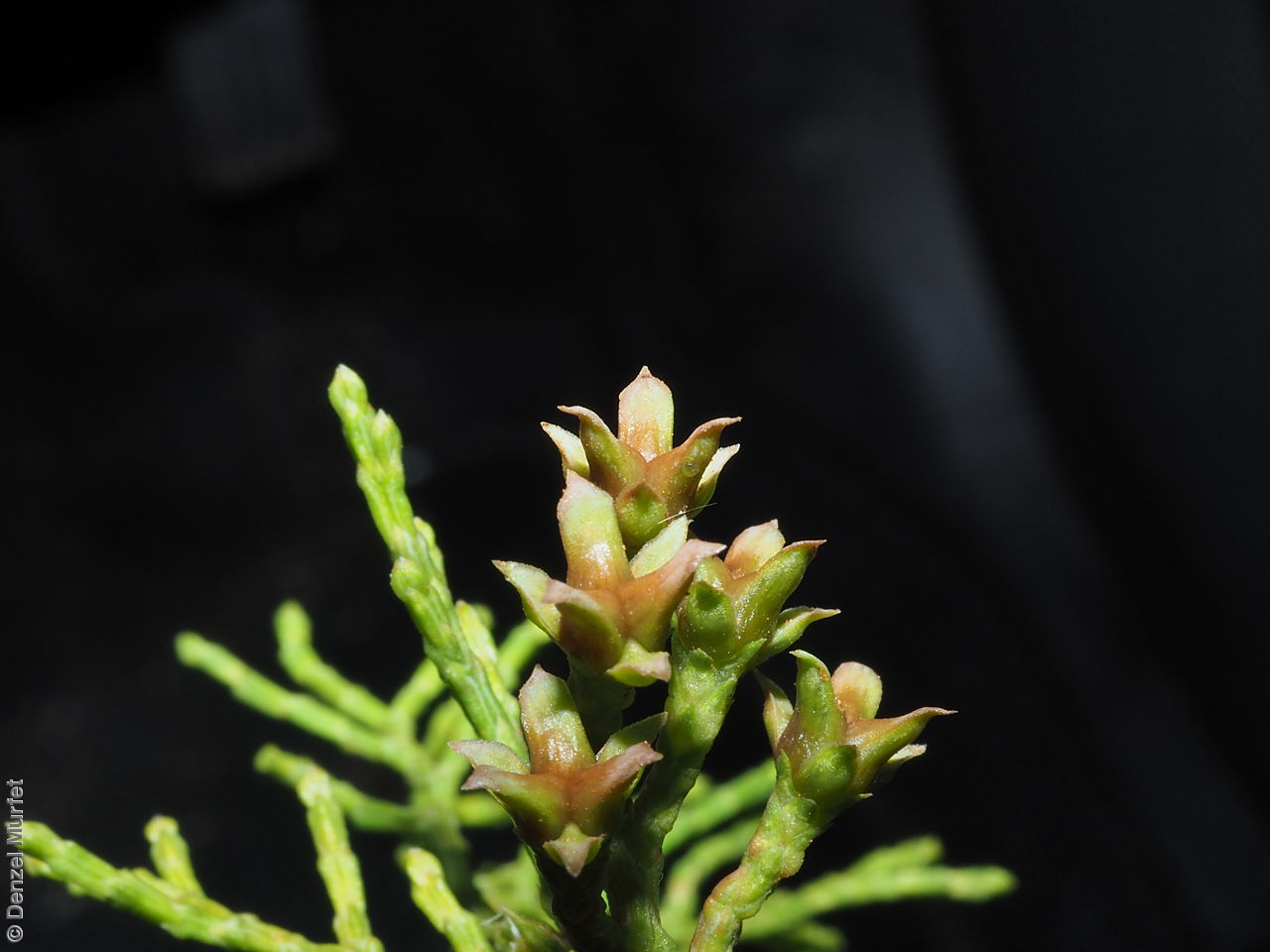
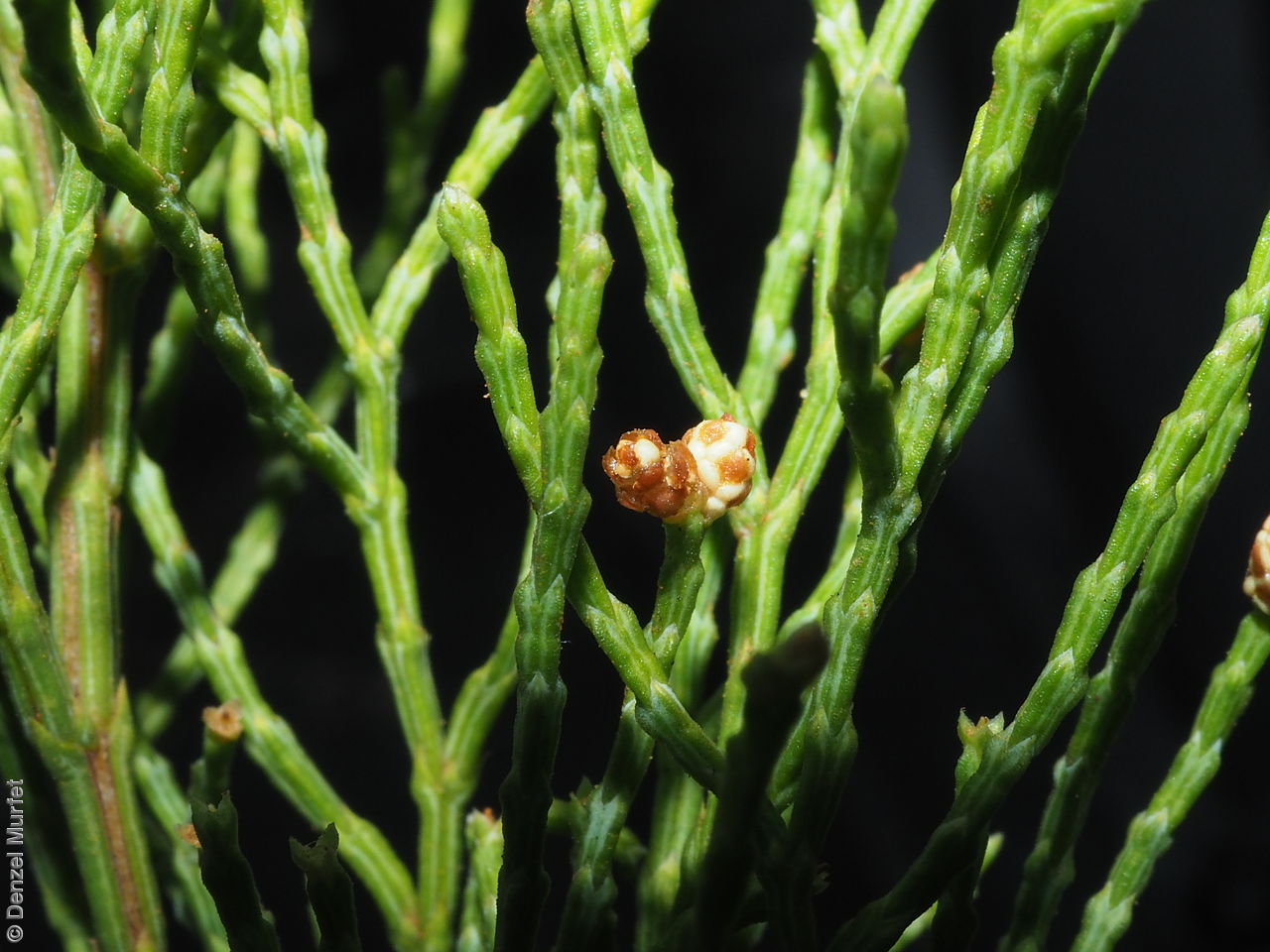
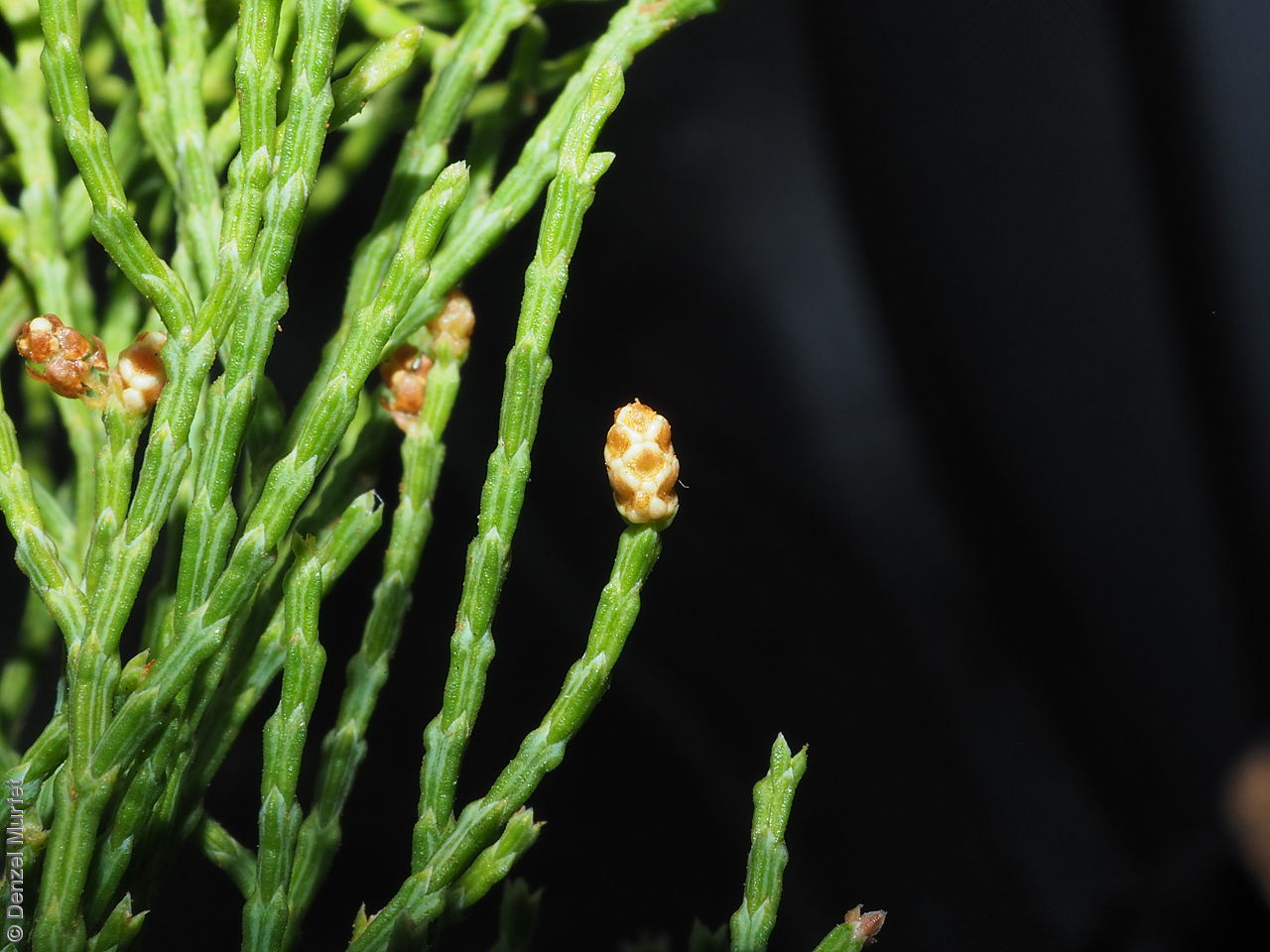
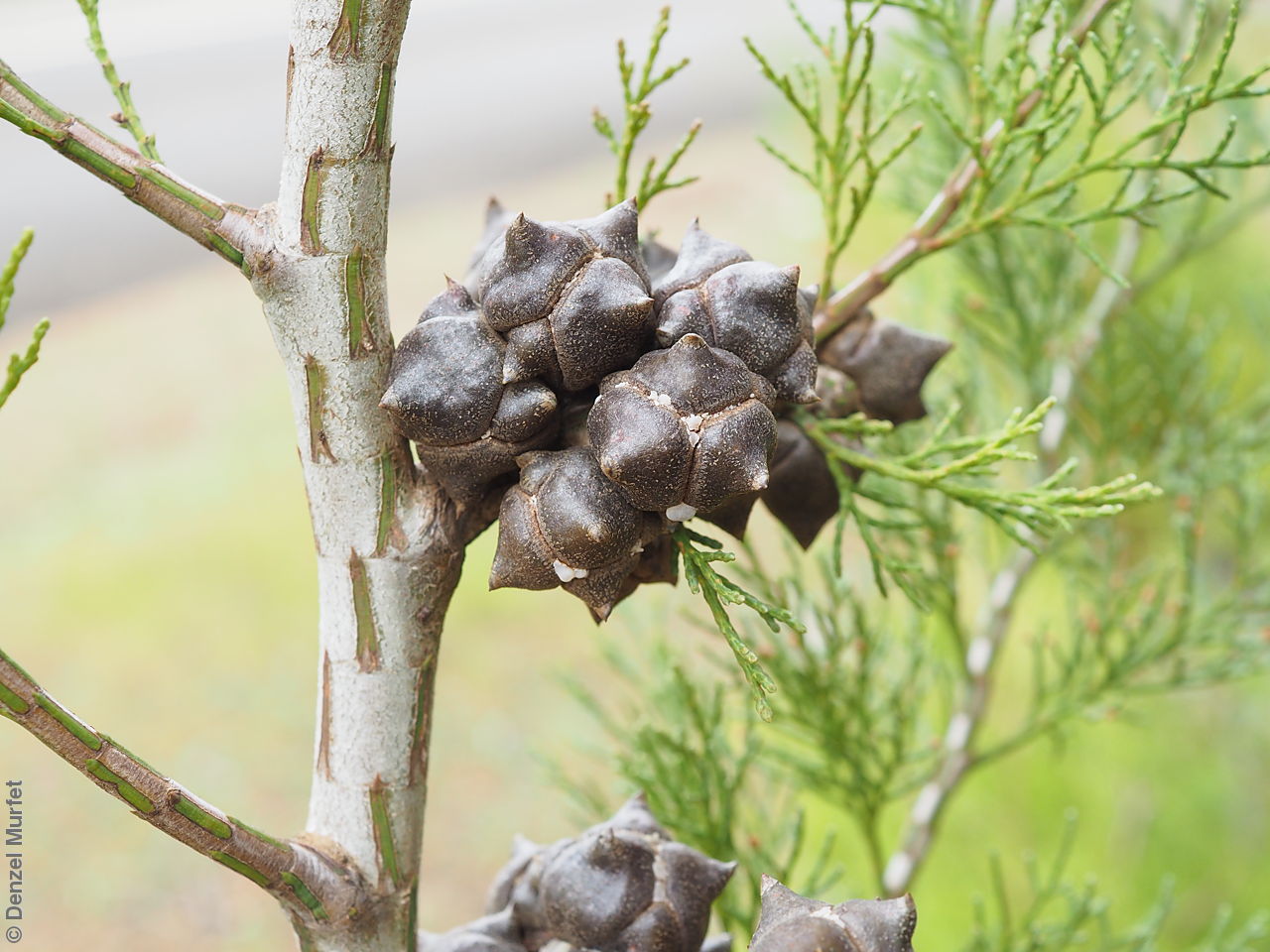
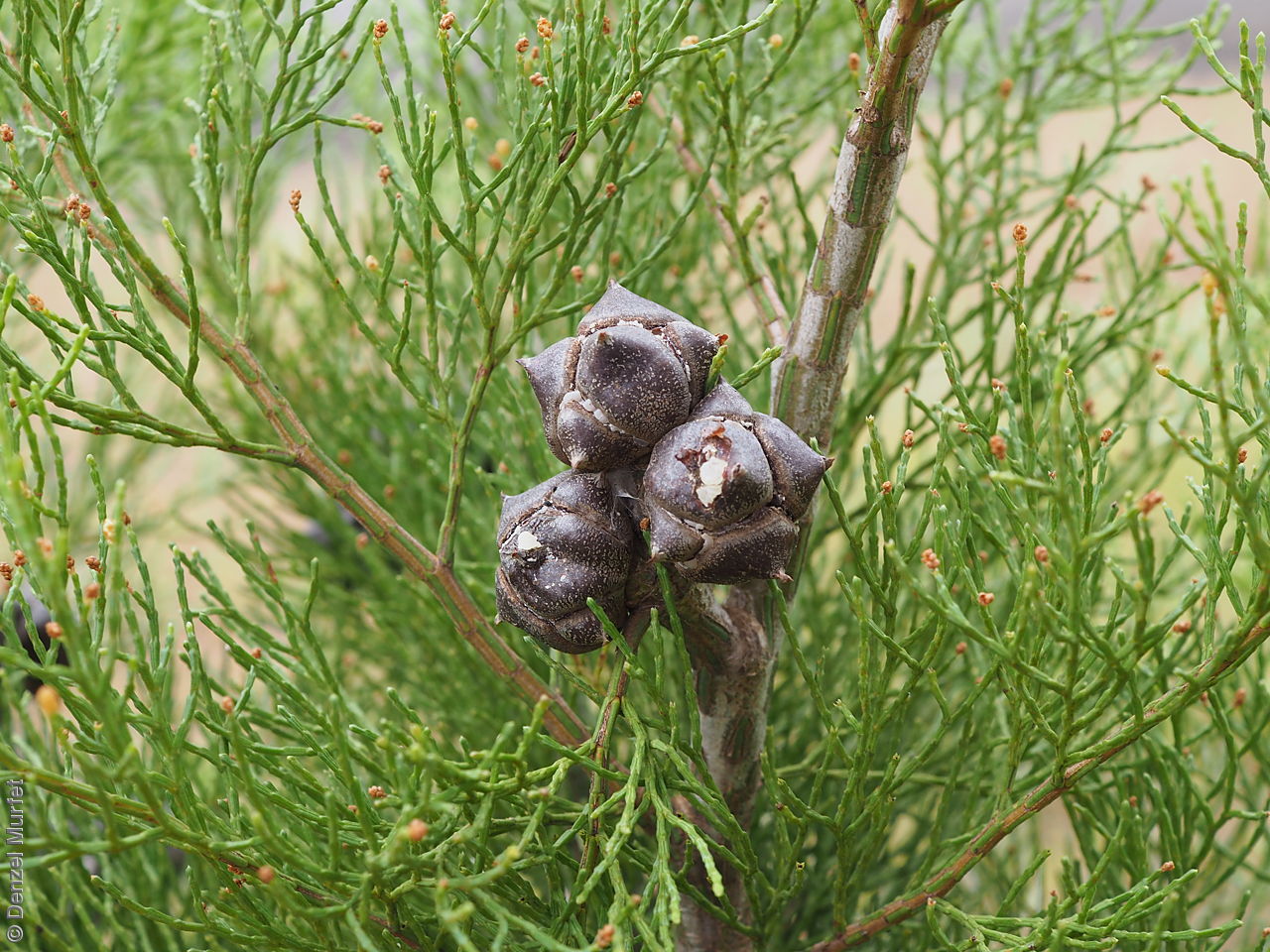
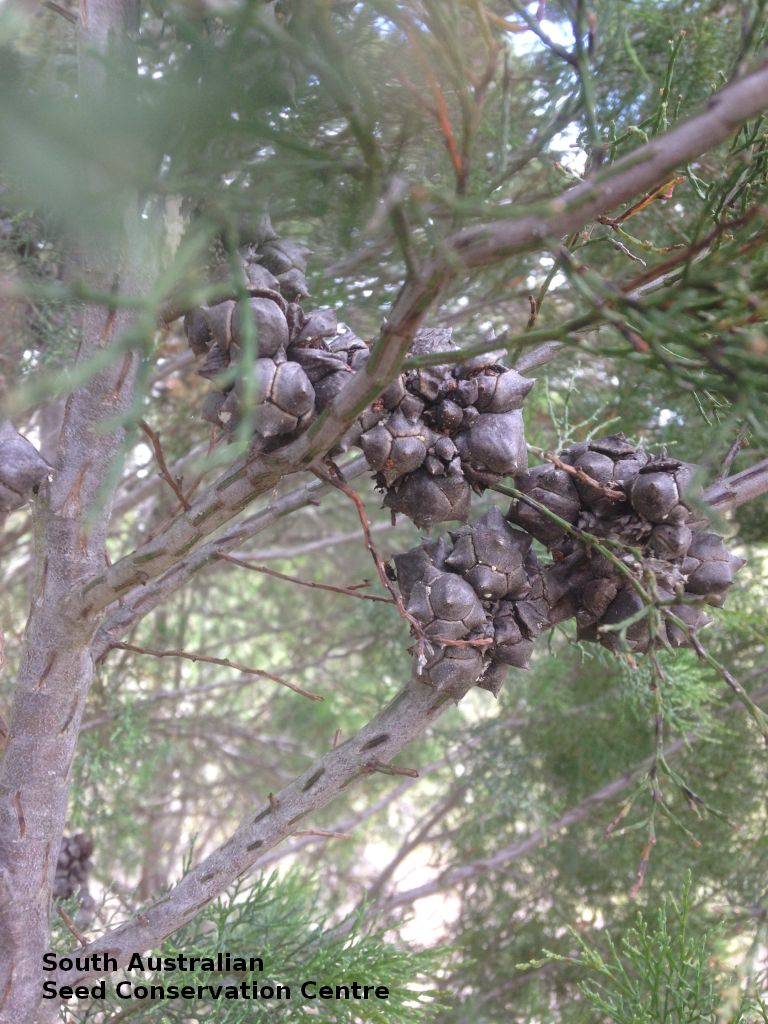
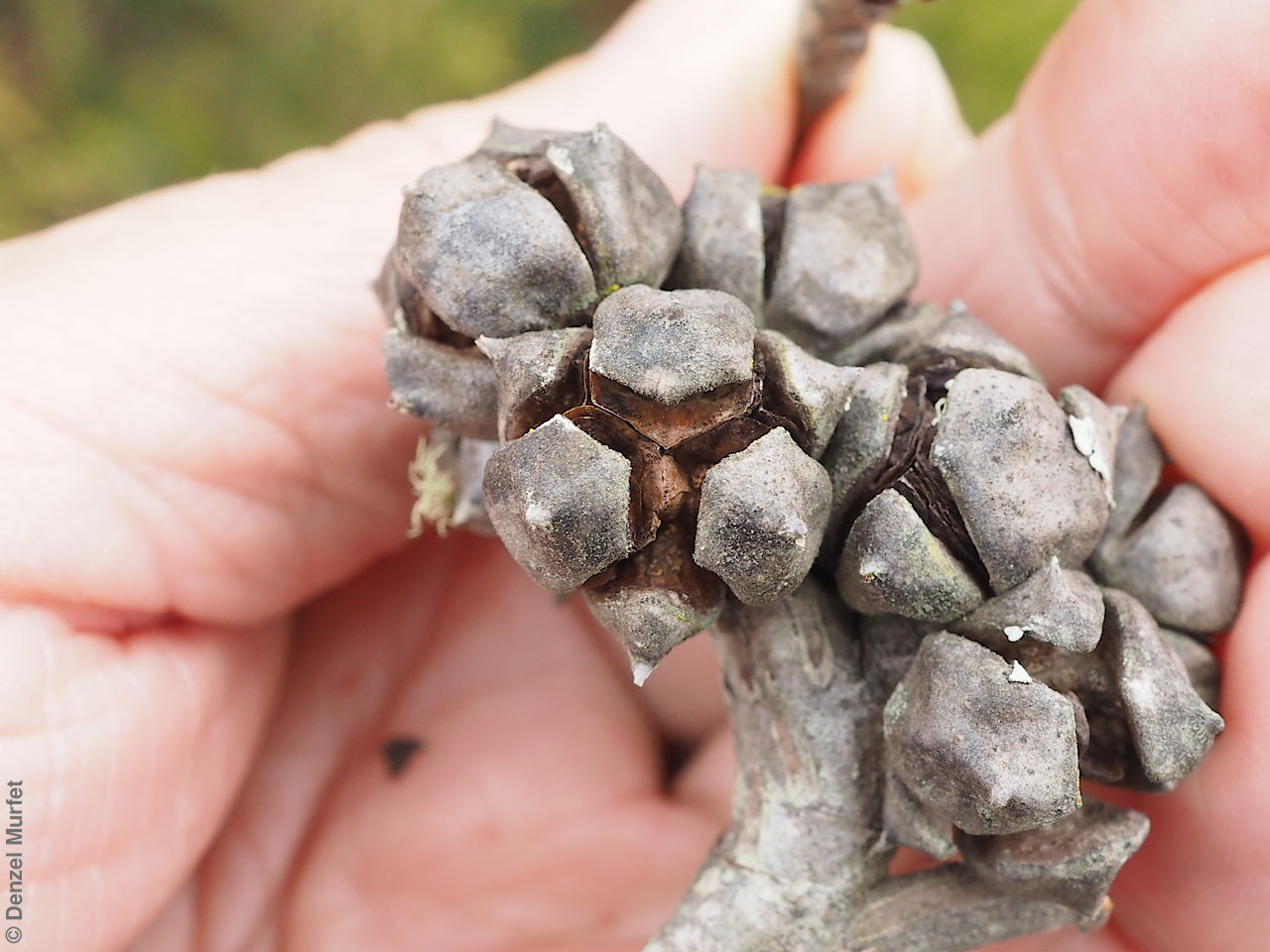
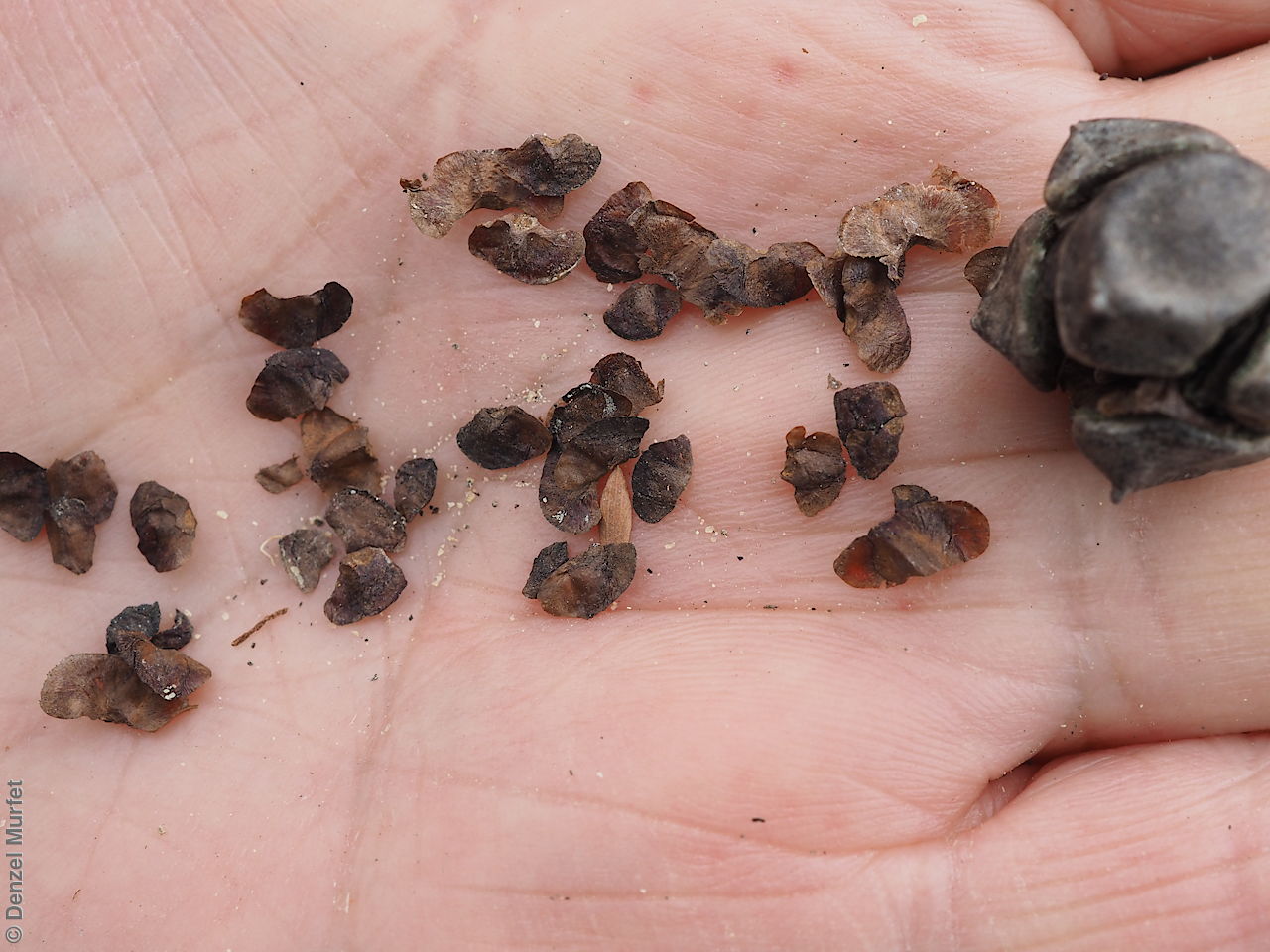
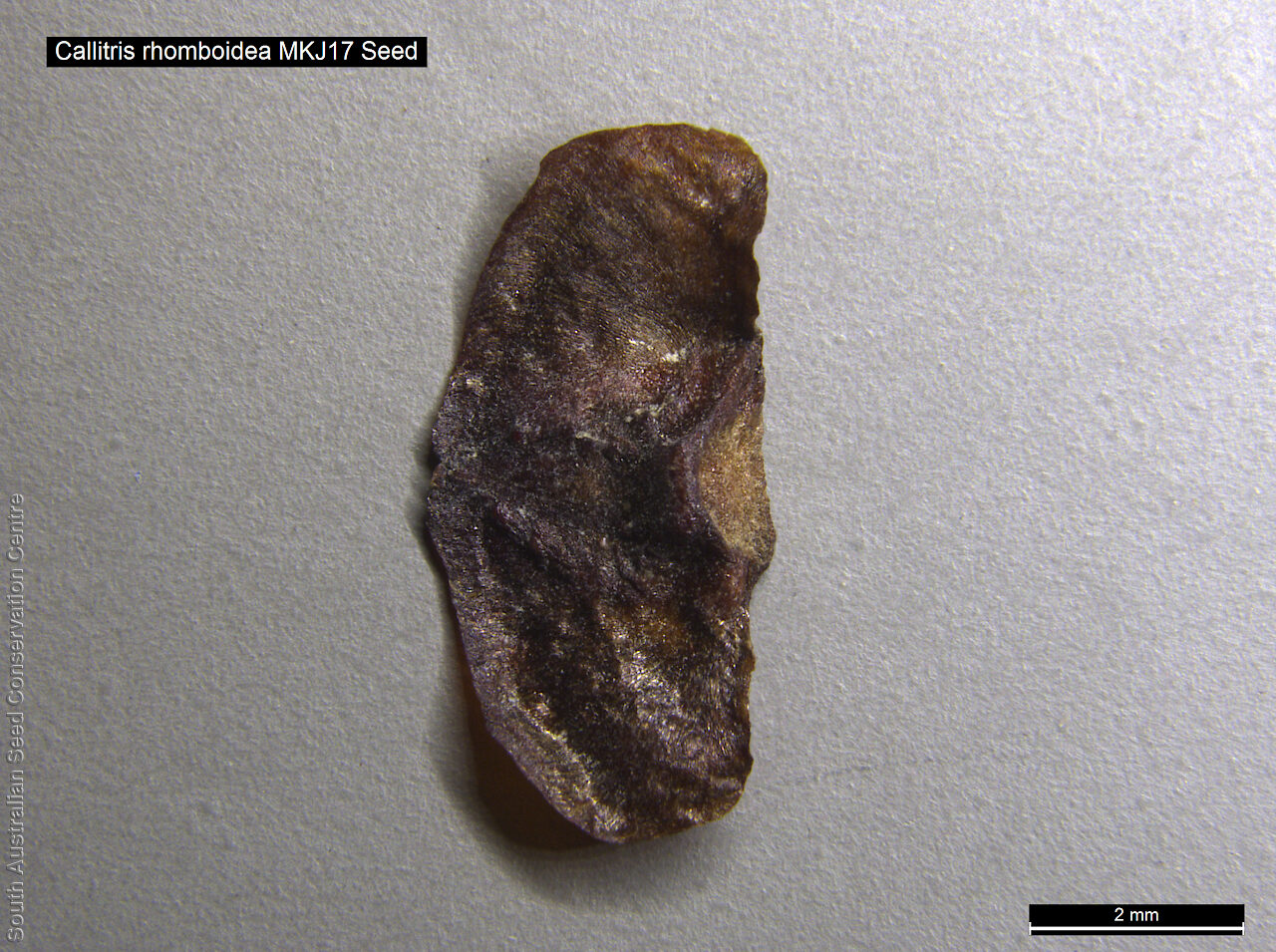
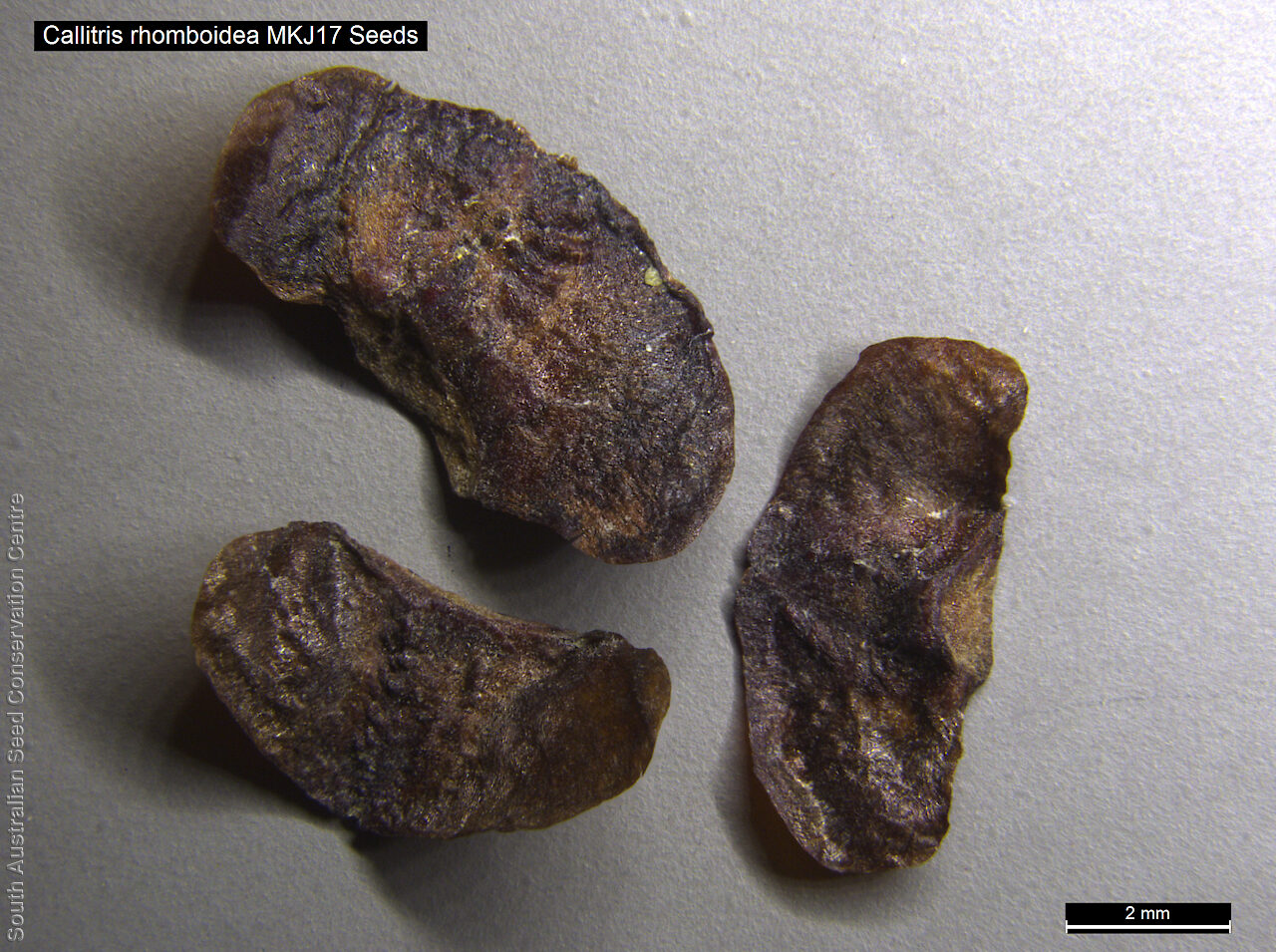
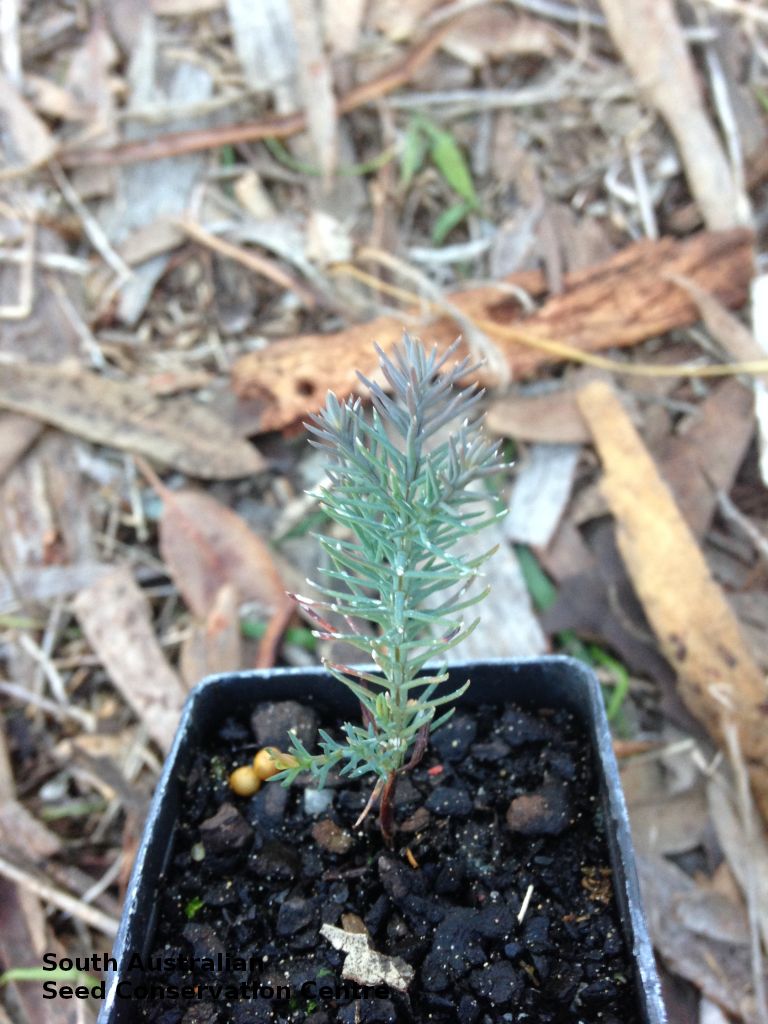
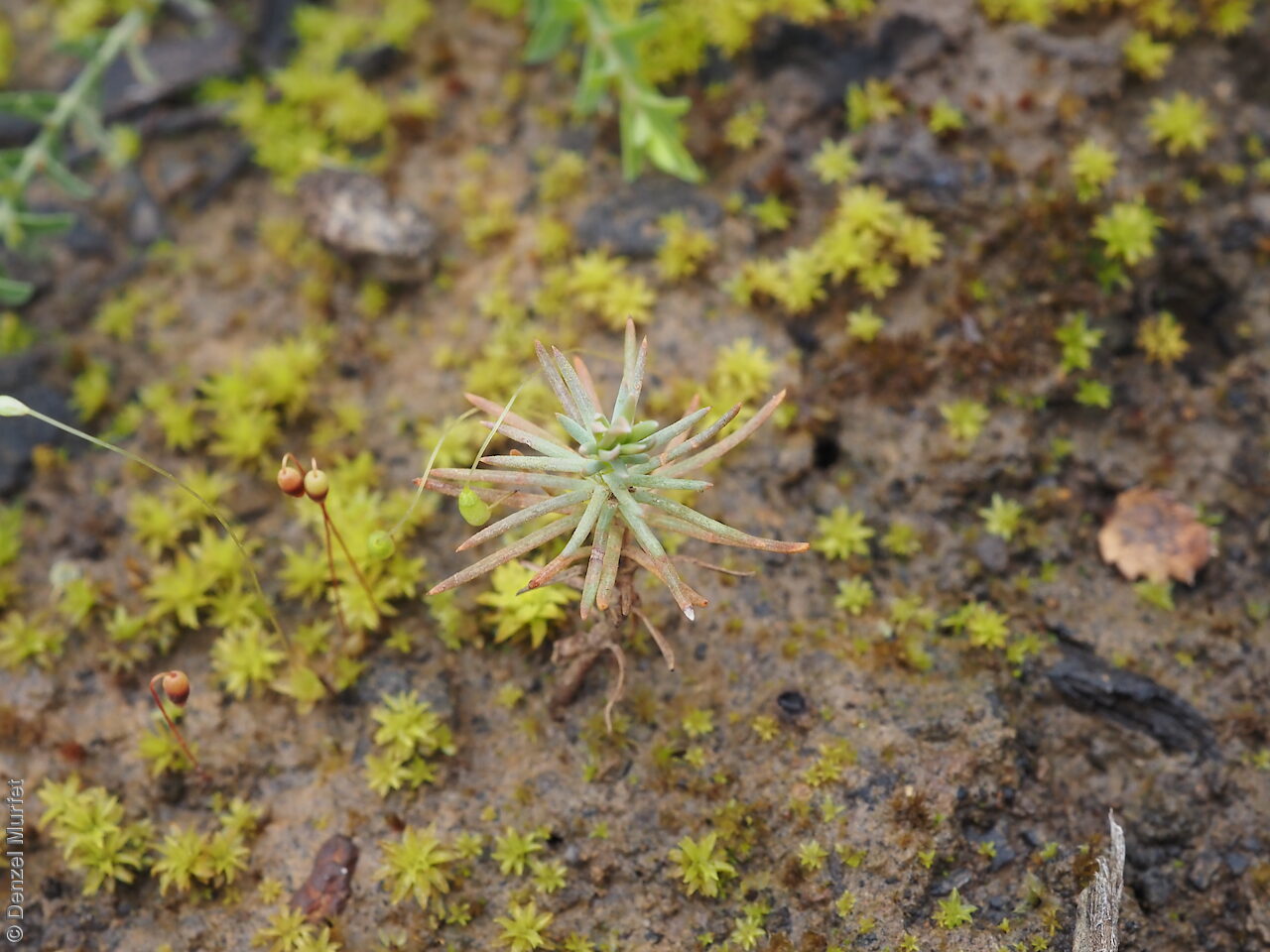
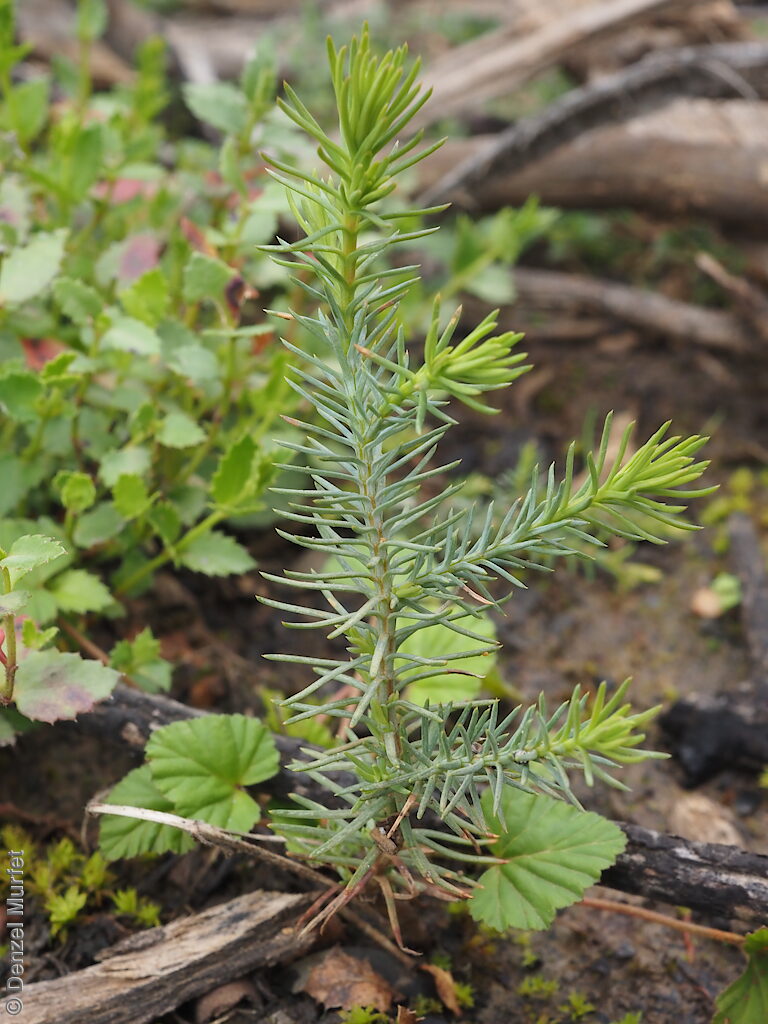

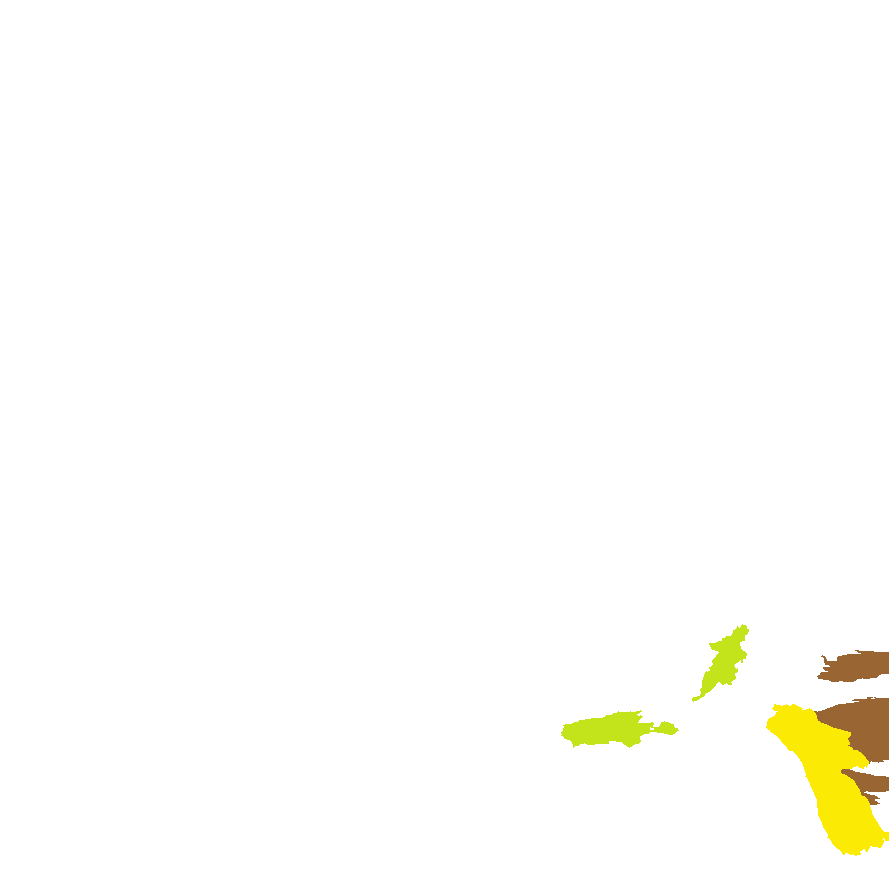
Botanical art
Prior names
Frenela rhomboidea var. tasmanica
Frenela rhomboidea
Callitris cupressiformis, nom.inval., nom.nud.
Callitris cupressiformis var. tasmanica
Callitris tasmanica
Common names
Oyster Bay Pine
Port Jackson Pine
Etymology
Callitris from the Greek 'kalos' meaning beautiful and 'treis' meaning three, referring to the arrangement of the leaves in whorls of three. Rhomboidea from the Latin 'rhombus' meaning rhomb, referring to the rhomboid shape of the seed cone bracts.
Distribution and status
Found on Kangaroo Island, southern Mount Lofty Ranges and the South-east in South Australia growing in woodland. Also found in Queensland, New South Wales, Victoria and Tasmania. Introduced in Western Australia. Native. Uncommon in South Australia. Common in the other States.
Herbarium regions: Southern Lofty, Kangaroo Island, South Eastern, Green Adelaide
NRM regions: Adelaide and Mount Lofty Ranges, Kangaroo Island, South East
AVH map: SA distribution map (external link)
Plant description
Tree to 15 m tall. Bark not fissured. Branches spreading to erect. Male and female cones on the same tree. Leaves to 2.5 mm long, usually somewhat glaucous, dorsal surface prominently but not acutely keeled. Fruits are male cones solitary or clustered, ovoid, to 2 mm long. Female cones usually clustered on clustered fruiting branchlets, ovoid to depressed-globular, to 20 mm diameter, persistent and holding seeds for several years after maturity. Cone bracts 6, thick, with a distinct, short, broad, conical, dorsal protuberance below apex. Seeds are brown ovoid seeds to 3 mm long and 2 mm wide, with wing to 3 mm wide on either side.
Seed collection and propagation
Collect seeds between January and December. Collect cones that are not open but large, hard and dark. These will contain maturing seeds. Place the cones in a tray and leave to dry for 3-5 weeks to allow the cones to open naturally. Then shake the cones in a bucket to dislodge the seeds. Use a sieve to separate the seeds from the cones. Store the seeds with a desiccant such as dried silica beads or dry rice, in an air tight container in a cool and dry place. Seed viability can be low. Viable seed should germinate readily, if stored in a fridge prior to sowing in winter.
| Location | No. of seeds (weight grams) | Number of plants | Date collected | Collection number Collection location | Date stored | % Viability | Storage temperature |
|---|---|---|---|---|---|---|---|
| BGA MSB | 28,759 (135.75 g) 28,759 (135.75 g) | 25 | 9-Jan-2004 | MKJ17 Kangaroo Island | 23-Mar-2006 | 35% | -18°C |
Number of plants: This is the number of plants from which the seeds were collected.
Collection location: The Herbarium of South Australia's region name.
% Viability: Percentage of filled healthy seeds determined by a cut test or x-ray.